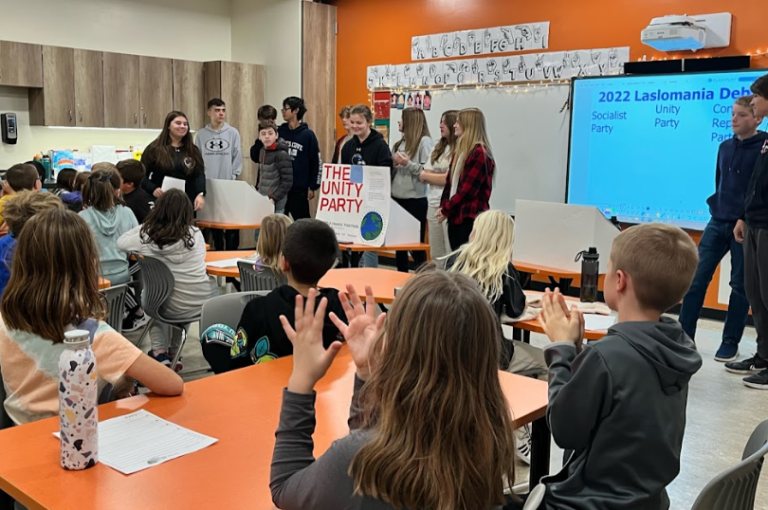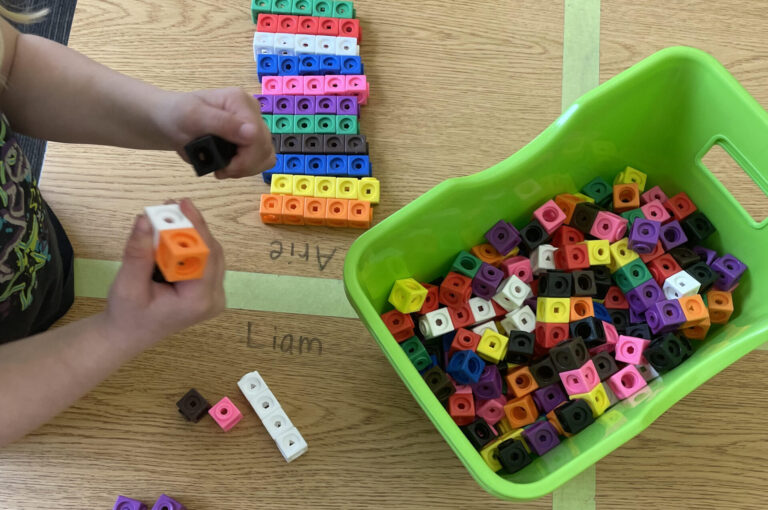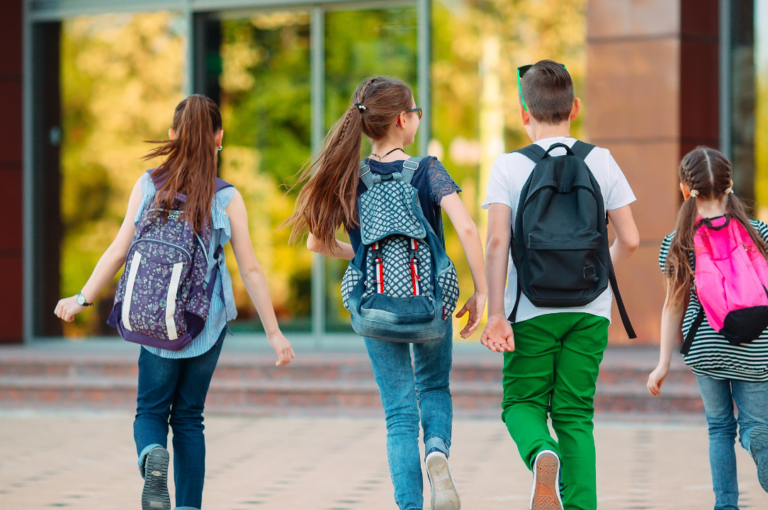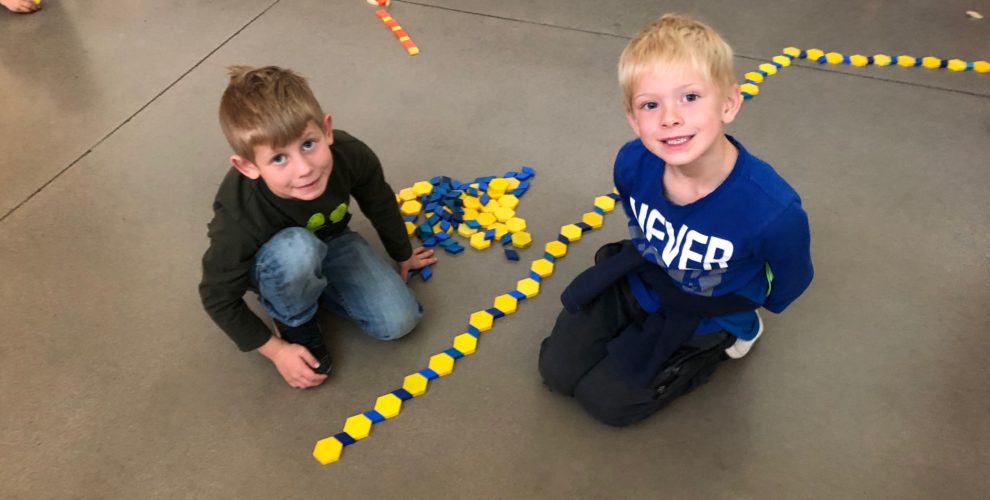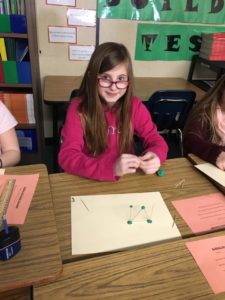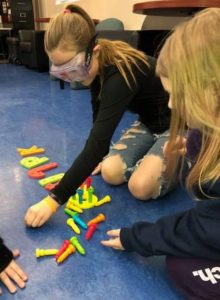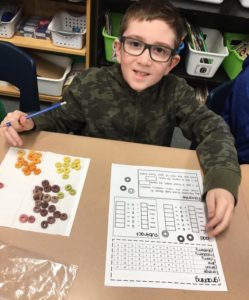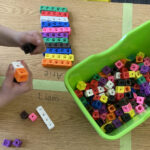What is non-linguistic representation anyway? Really it’s just a fancy way to say representing learning without a focus on words. Non-linguistic strategies help students represent their understanding using mental images, imagery, creating pictures, or engaging in kinesthetic activity. This allows them to store information in a visual way. As well, non-linguistic representation can increase the transfer of knowledge for students because they are able to see connections between ideas (Dean, Hubbell, Pitler, & Stone, 2012). When using non-linguistic representation strategies, it is important to model the strategy and allow opportunities for practice. So take a look at a few nonlinguistic representations and how you can use them now!
Manipulatives/Physical Models
Manipulatives are a tool for students to learn with. They can be blocks, shapes, building materials and more that students use to learn and represent their learning rather than using a pen and paper. Manipulatives provide a great opportunity for teachers to use observations/conversations as assessment.
24 Creative Ways to Use Math Manipulatives In Your Classroom
Manipulatives in Social Studies
Kinesthetic Activities
Kinesthetic activities focus on engaging students through physical movement. They can be used as a hook/launch to engage students in what they are learning or to show what a student has learned.
Some examples are listed below:
Science → The Planets and Orbit
- Have one student be the sun, have one student be the Earth, and have one student be the moon.
- Have the child who is the sun spinning, have the child who is the Earth also spin while orbiting the sun, and have the child who is the moon spin while they are making a circle around the Earth
Language Arts → Camera Angles
- Have students hold an object in the proper position to demonstrate where the camera would be for the angle from a:
-
- Bird’s Eye View
- Worm’s Eye View
- High Angle
- Low Angle
- Eye Shot
- Close Up
-
Math → Geometry
Use your arms to demonstrate:
- an obtuse angle
- an acute angle
- a right angle
- a line
- the diameter of a circle
- the radius of a circle
- the circumference of a circle
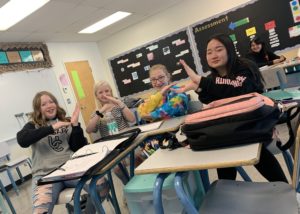
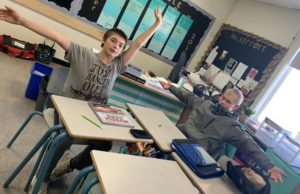
Social Studies → To What Extent Do You Agree?
-
-
- Set up one end of the classroom with a 1 (Strongly Disagree)and another end with a 10 (Strongly Agree). You can even tape a number line on the floor.
- Pose a question to students such as “To what extent do you believe Louis Riel was a hero?”
- Ask students to move to the number that matches their answer to their question.
- Have someone at each end, and someone in the middle, share their explanations for their decision.
-
Mind’s Eye (Generating Mental Pictures)
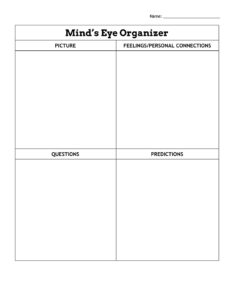
This tool is used to encourage students to think before reading a text by creating mental pictures to help them read more actively.
How do you use it?
1. Choose words from a text that reveal key information about the text and provoke imagery. These words should help students start to create a picture about the text and predict what might happen in the text.
2. Read each word out loud, adding appropriate emphasis and emotion. As you read the words, ask students to create pictures in their mind of each word. Continue until all the words are read.
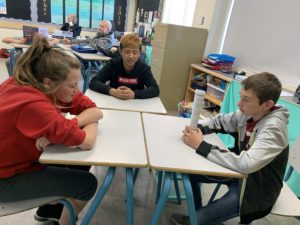
3. The next step requires students to complete the Mind’s Eye graphic organizer. The images they created with the selected words should help them in making predictions about the text.
4. Students read the actual text with an active mind. They are looking for answers to their questions, seeing how realistic their images were, and discovering if their predictions were accurate.
Read more about the Mind’s Eye Strategy from Cult of Pedagogy.
How will you try using a nonlinguistic strategy in your classroom?
Reference List:
Dean, C. B., Hubbell, E. R., Pitler, H., & Stone, B. (2012). Classroom Instruction That Works: Research-Based Strategies for Increasing Student Achievment (2nd ed.). Alexandria, VA: ASCD.

